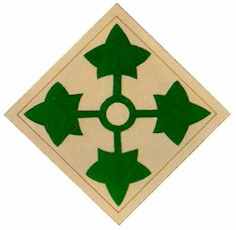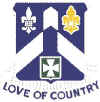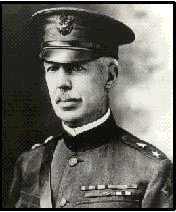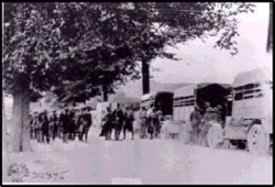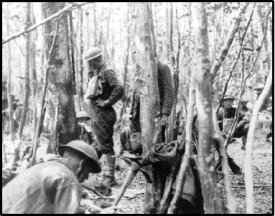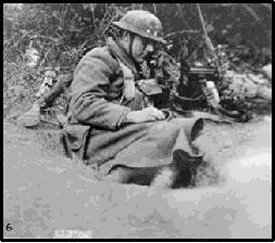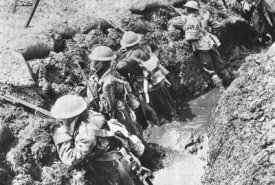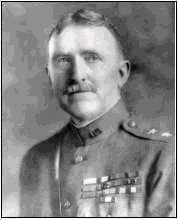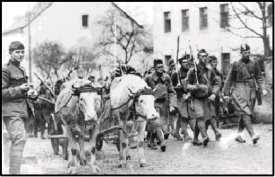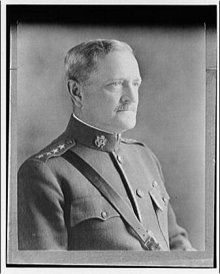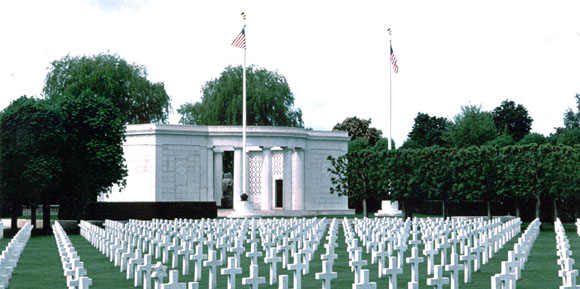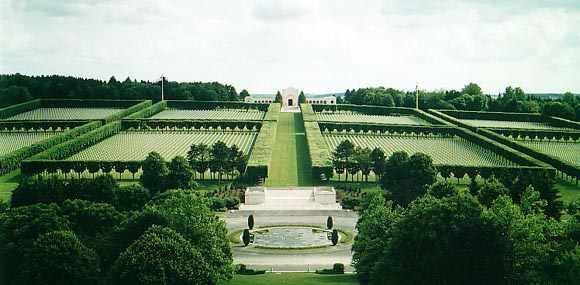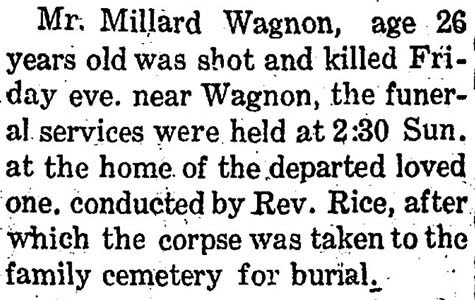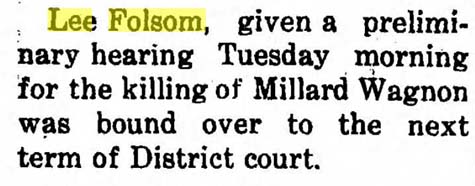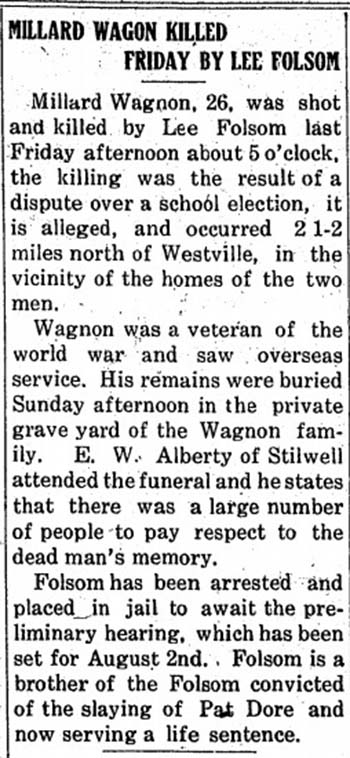|
In Closing I would like to add that Great Uncle
Millard A Wagnon, was shot a killed, two years after returning from the
Great War, WWI, that Obituary - to the right >
To have survived torpedoing at sea, battles where
almost half of his unit was killed, caught in between deadly German
machine gun fire, enduring life in the trenches and open fields of
Europe, only to have his life end on a seemingly unimportant matter,
agonizes us at the thought...
But, as is the nature of the Cherokee Indians, known
for their loyalty in life and friendships, he rose above all,
demonstrating an unwavering courage and sacrifice that few men ever get
a chance to demonstrate, this alone far over-shadows the events that
took his young life.
In testament to his character, in 1920, he was caring
for his mother, and several sisters and a nephew. These deeds are
not over looked for they are the result of those that came before, a
mirror of his past... The very character and fiber of our greater
family.
|
Obiturary of Millard
Wagnon:
The Standard-Sentinel, Adair Co. OK
OBITUARY OF MILLARD WAGNON
July 28, 1921
Millard WAGNON, 26, was shot and killed by Lee FOLSOM last Friday afternoon about 5 o'clock, the killing was the result of a dispute over a school election, it is alleged, and
occurred 2 1/2 miles north of Westville, in the vicinity of the homes of the two men.
WAGNON was a veteran of the world war and saw overseas service. His remains were buried Sunday afternoon in the private grave yard of the WAGNON family. E.W. ALBERTY of Stilwell attended the funeral and he states that there was a large number of people to pay respect to the dead man's memory.
FOLSOM has been arrested and placed in jail to await the preliminary hearing, which has been set for August 2nd. FOLSOM is a brother of the FOLSOM convicted of slaying of Pat DORE and now serving a life sentence. |
